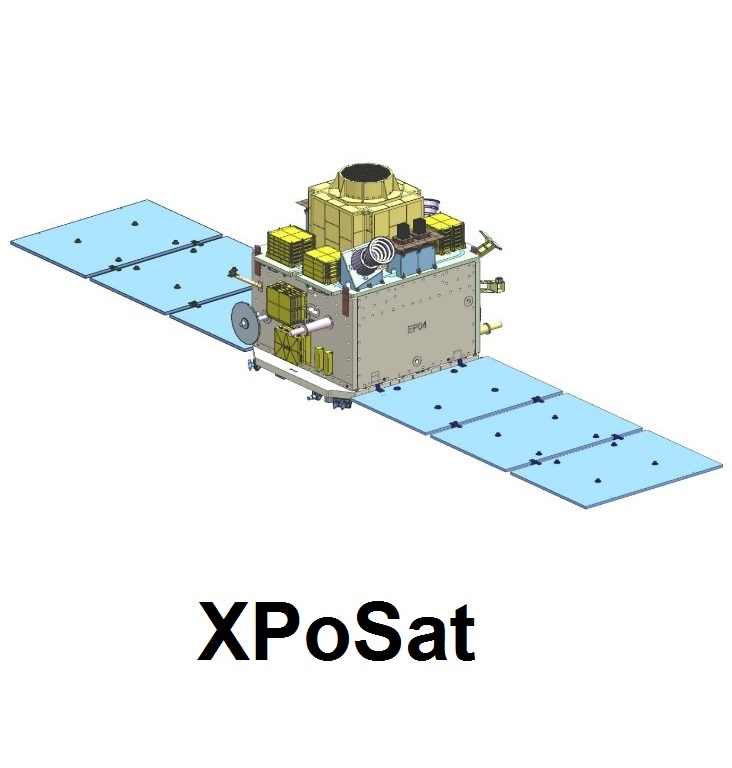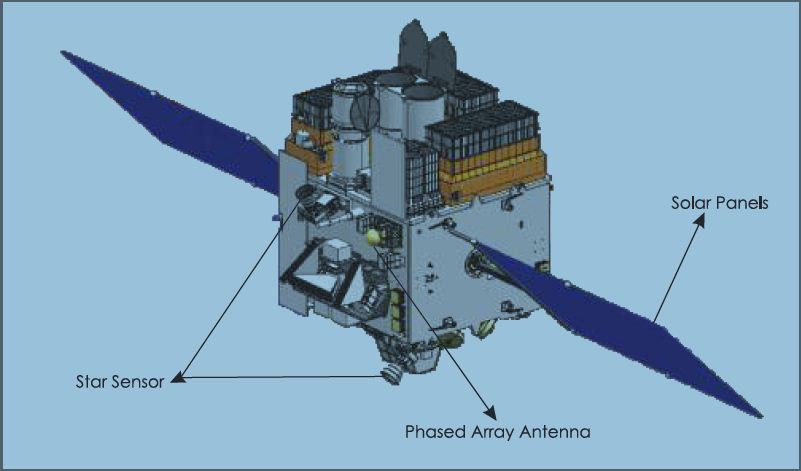Deep Space Missions
A Deep Space / Interplanetary mission involves a trip to the planet/s of our solar system outside of the earth.
Interplanetary missions are expedited by using any or all of the following viz., Satellites, Lander Crafts and Rovers. The primary objective is to demonstrate technologies relating to communication; survival in deep space environments and on the planets; exploration of planets physical, chemical and atmosphere systems.
The result from such explorations help in the- Understanding of the planets atmosphere w.r.t possible proximity to earths environment.
- Plan for inhabitation / Colonization of the planets
- Advance Detection of Catastrophical aspects arising in the solar system such as Sun Storms, Comets and Meteorite strikes etc
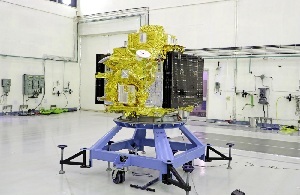
XPoSat 01-Jan-2024 SHAR, SRIHARIKOTA PSLV-C58
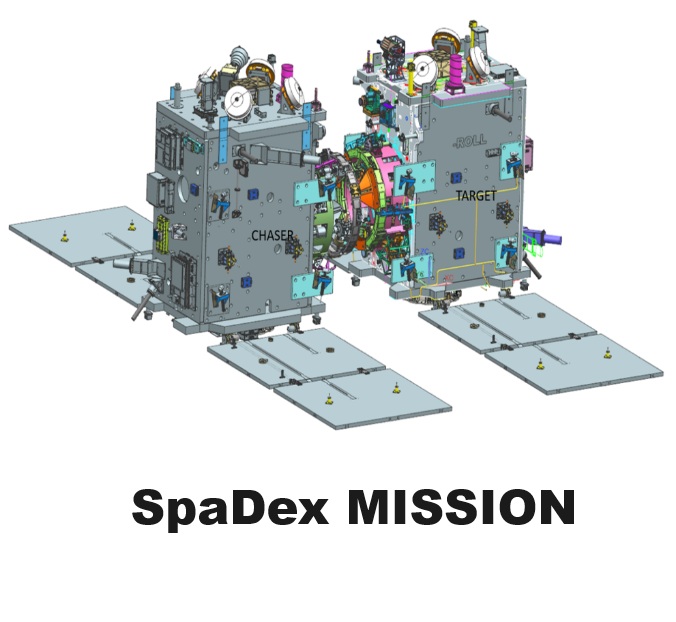
SpaDex 30-Dec-2024 SHAR, SRIHARIKOTA PSLV-C60
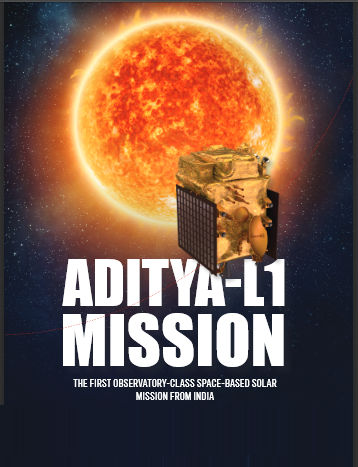
ADITYA-L1 02-Sep-2023 SHAR, SRIHARIKOTA PSLV-C57
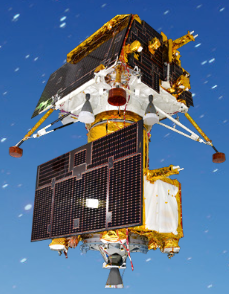
CHANDRAYAAN-3 14-JUL-2023 SHAR, SRIHARIKOTA LMV3-M4
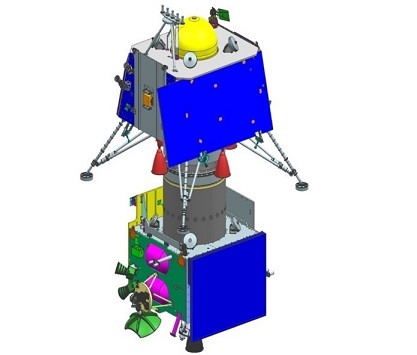
CHANDRAYAAN-2 22-JUL-2019 SHAR, SRIHARIKOTA GSLV-MKIII-M1

MARS 05-NOV-2013 SHAR, SRIHARIKOTA PSLV-C25
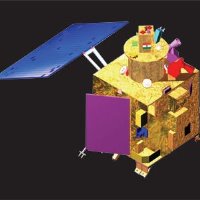
CHANDRAYAAN-I 22-OCT-2008 SHAR, SRIHARIKOTA PSLV-C11
Science Missions
Scientific satellite missions endeavor for a more detailed understanding of our universe. ASTROSAT is India's first dedicated multi wavelength space observatory. ASTROSAT will observe universe in the optical, Ultraviolet, low and high energy X-ray regions of the electromagnetic spectrum, whereas most other scientific satellites are capable of observing a narrow range of wavelength band.
The scientific objectives of ASTROSAT mission are:- To understand high energy processes in binary star systems containing neutron stars and black holes
- Estimate magnetic fields of neutron stars
- Study star birth regions and high energy processes in star systems lying beyond our galaxy
- Detect new briefly bright X-ray sources in the sky
- Perform a limited deep field survey of the Universe in the Ultraviolet region







